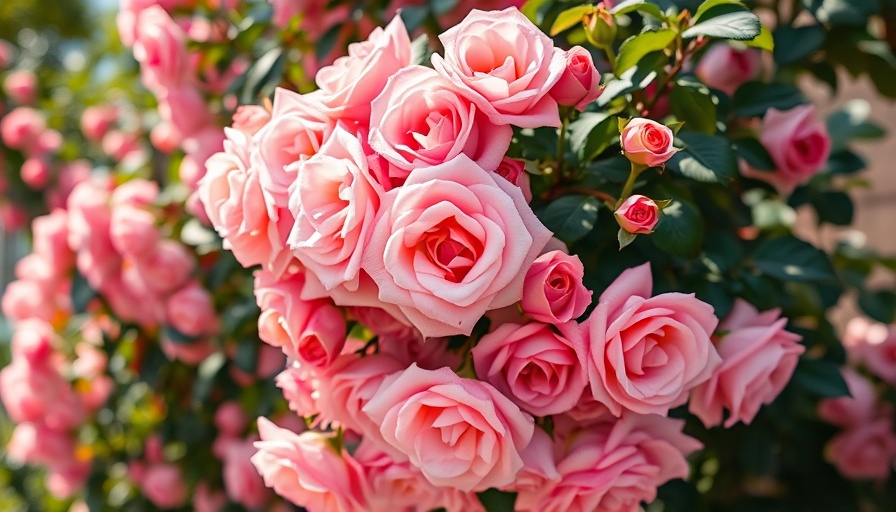
Understanding Climbing Roses: Nature’s Vertical Beauties
Climbing roses may not be true climbers in the botanical sense, but their long stems can create stunning vertical designs in your garden. Unlike typical plants that climb using tendrils, climbing roses need a little help from gardeners to reach new heights. These plants come in two primary varieties: climbers and ramblers. While climbers are manageable with less vigor, ramblers tend to be quite expressive and may take over more space if left unchecked.
When to Begin Training Your Climbing Roses
The journey to a breathtaking floral display starts with understanding the right timing for training. In their first year, your climbing roses will be establishing their roots, so it’s best to let them grow undisturbed. As they enter their second or third growing season, especially when canes reach a sufficient length, you can begin to train them in early spring. Patience is key as bending and twisting too soon can cause undue stress.
The Basics of Training Climbing Roses
The process of training climbing roses primarily involves securely fastening the stems to support structures. Start by establishing proper supports like arbors, trellises, or pergolas that allow your roses to climb gracefully toward the sky. Use soft ties or twine to avoid damaging the stems. Regularly check to ensure the stems are properly secured as they grow to maintain the right direction and ensure a healthy growth pattern.
The Importance of Pruning and Securing
Pruning is vital for maintaining the health of your climbing roses. As the blooms fade, cut back spent blossoms to encourage further blooming while also managing the plant’s size. Secure new stems carefully to guide their growth along your chosen structure, providing them with the pathways they need to flourish. It's also essential to monitor for pest activity and take action promptly to prevent infestations, as healthy plants can better withstand garden challenges.
Selecting Cultivars for Your Garden
Choosing the right variety of climbing rose can greatly enhance your garden experience. Consider both beauty and practicality when picking cultivars, especially if you're concerned about thorns. Many stunning thornless varieties are available, allowing you to enjoy all the beauty without the discomfort when tending to them. This selection process becomes an essential part of your garden design, integrating aesthetics and maintenance into your landscaping plans.
Taking Your Rose Garden to the Next Level
Incorporating climbing roses into your garden is not just about aesthetics—it’s about creating a haven for wildlife and offering a fragrant retreat. Strategically place your climbing roses near seating areas or pathways to maximize their impact. Additionally, consider planting them alongside other pollinator-friendly plants to attract bees, butterflies, and birds, further enhancing the lively atmosphere of your garden.
Future Trends in Rose Gardening and Sustainability
As the gardening world continues to evolve, integrating sustainable practices becomes essential. Consider composting for natural fertilization, using organic pesticides to minimize chemical use, and exploring drought-resistant rose varieties. These measures not only support the environment but also ensure that your garden remains vibrant and sustainable for years to come.
Creating your own dreamy rose garden lets you enjoy nature’s beauty while providing a tranquil escape. By understanding the nuances of climbing rose care and integrating sustainable practices, you can cultivate a garden that offers joy and serenity for years to come. So grab your garden tools and get started on creating a floral masterpiece!
 Add Row
Add Row  Add
Add 




Write A Comment